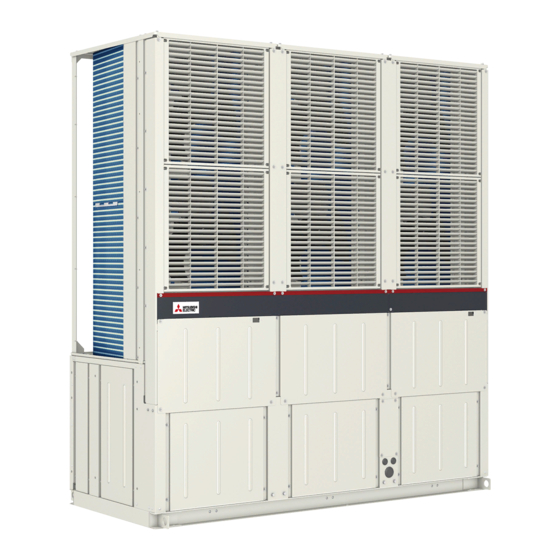
Mitsubishi Electric e Series Service Handbook
Hide thumbs
Also See for e Series:
- Service handbook (170 pages) ,
- Installation & operation manual (88 pages)















Need help?
Do you have a question about the e Series and is the answer not in the manual?
Questions and answers